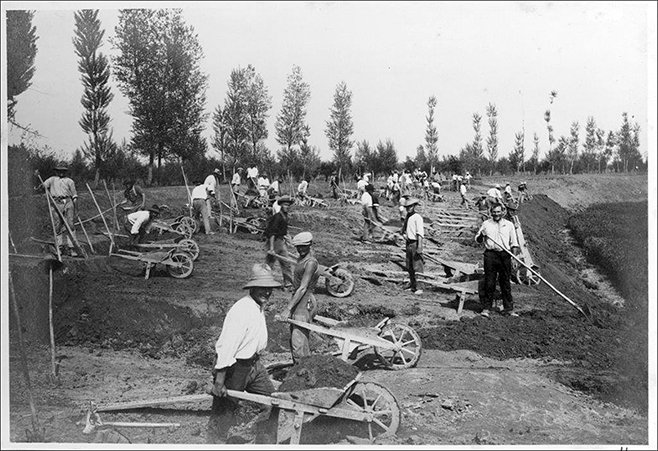Nonantola agrarian 'Partecipanza': From 'another way of owning' to 'a new form of self-government'

Published 2022-03-02
Keywords
- Nonantola,
- 'partecipanza',
- common goods,
- shared management,
- self-government
How to Cite
Abstract
The Municipality of Nonantola (Modena, Italy) has hosted for almost 1,000 years the agrarian ‘Partecipanza’, a shared area of 760 hectares today, result of a donation from the Abbey dating back to 1058. Through very complex historical events, this common good, different from a ‘civic use’ or a collective property, is still used by a part of the population where each “participant”, with an allotment every 12 years, assumes the responsibility for the economic use of a part attributed to him with periodic rotation. From the medieval era, in which its use was partly farming partly ‘woody’, since the nineteenth century it passed to a mainly agricultural use, but with the rise of the postindustrial era it experienced an ‘ecological turning point’ not only with the forest rebirth, but also with enhancement and fruition projects in the direction of an ‘environmental education’ which now affects the entire population, including immigrants. Relations with the Municipality are very close, and allude to innovative forms of self-government and widespread socio-territorial responsibility that make Nonantola an exemplary case of participatory democracy.

